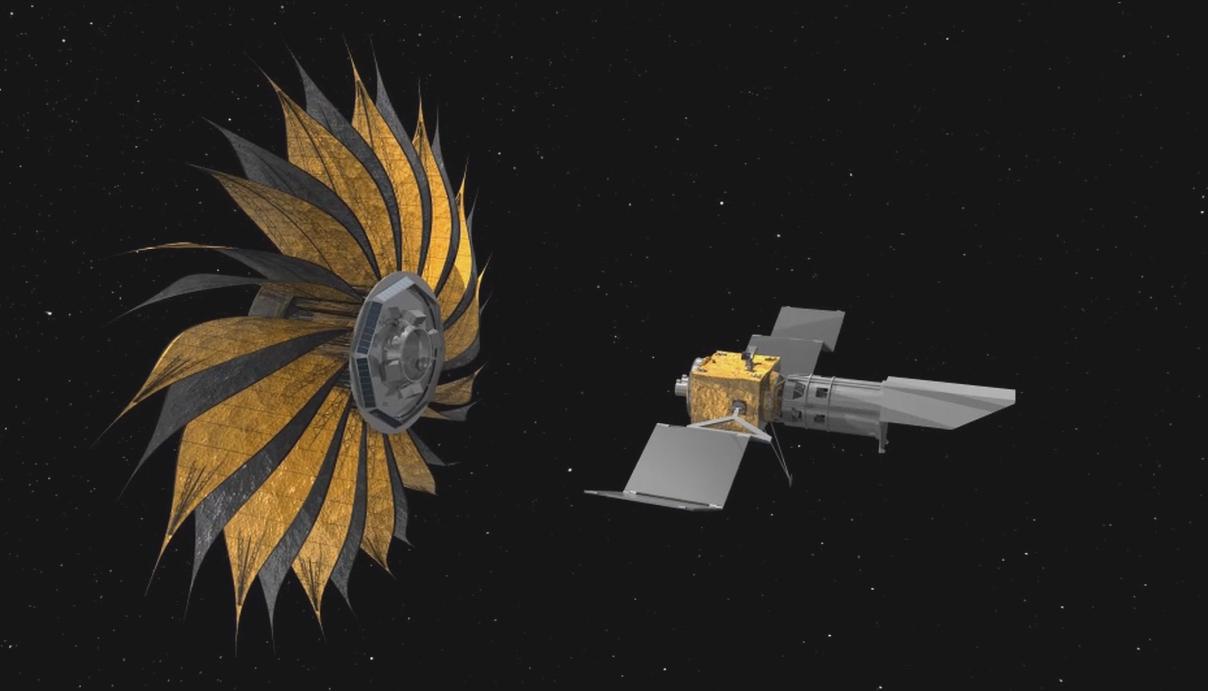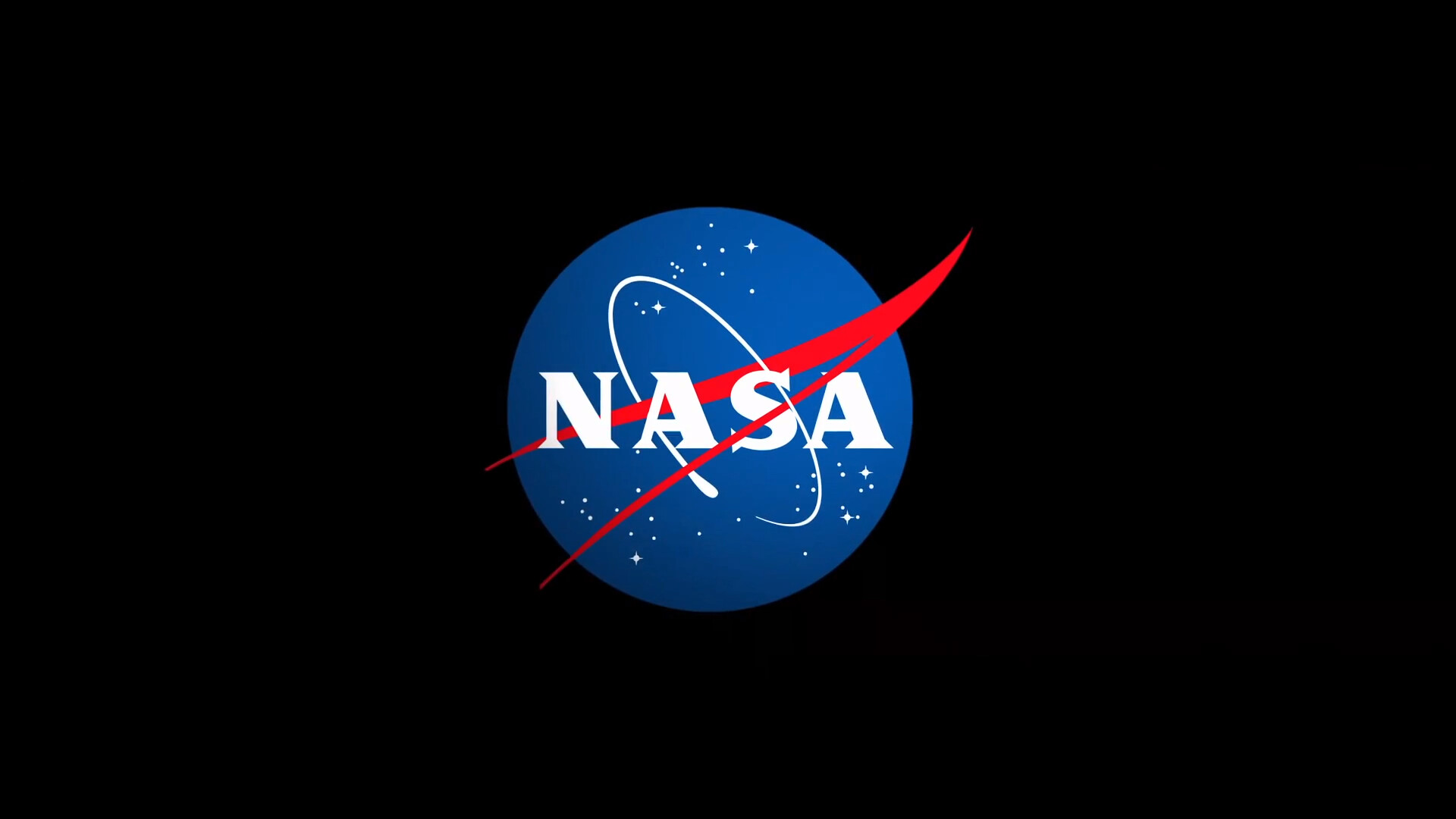Feeling Helpless While Prices Soar? Unlock 3 Simple Moves to Outsmart Inflation and Take Back Control of Your Finances—Right Now.
Learn how your everyday spending decisions can contribute to inflation. Discover the key economic principles behind rising prices and learn how to make smarter financial decisions to protect your wallet and positively impact the economy.
Introduction: How Much Power Do Consumers Have?
Have you ever considered how your shopping habits can impact the financial health of an entire nation? Every swipe of a credit card or click of an online checkout button is part of a much bigger picture that influences everything from job creation to the price of bread and gas. As a collective force, consumers possess tremendous power in shaping the economy. This is more evident than in the relationship between consumer spending and inflation. Your choices matter, and they matter a lot.
You might wonder: Why do the choices of millions of individual shoppers matter so much? And how does all this consumer enthusiasm translate into rising prices, or what economists call “inflation”? Let’s take a deep dive into the crucial role consumers play in fueling the economy and how their spending habits can drive inflation. By gaining a more precise understanding, you’ll be better equipped to navigate your financial decisions—and maybe even make a positive difference. Your awareness and responsible spending can make a significant impact.
The Connection Between Consumer Spending and Inflated Prices
1. The Rule of Supply and Demand
At its core, economics is about balancing supply (the goods and services that businesses can provide) and demand (what people want to buy). Whenever shoppers start spending more enthusiastically—think holiday seasons, stimulus check distributions, or post-pandemic reopenings—businesses suddenly face a surge in demand for their goods and services.
But what happens if stores, factories, and service providers cannot instantly crank up production or recruit enough staff? That’s where the classic rule of supply and demand kicks in: if demand outpaces supply, the price of goods and services rises. It’s a natural outcome of competition—when more people want something in limited supply, sellers can charge more, which can lead to inflation.
2. Shortages Trigger Price Hikes
Imagine the situation more tangibly. Suppose there’s a sudden craze for a trending gadget, a new sneaker drop, or a beloved brand’s household product. Retailers quickly sell out. When businesses can’t restock fast enough, a new equilibrium emerges. As scarcity intensifies, the willingness to pay higher prices increases among consumers eager to obtain the product.
This phenomenon isn’t confined to luxury goods. It can impact everyday essentials—from groceries to gasoline. During periods of robust consumer spending, inventories tend to shrink, and shortages become more common. In turn, businesses take advantage of the opportunity to raise prices, not only to cover higher costs but also to maximize profits. This widespread reaction adds momentum to inflation.
3. Businesses Capitalize on Increased Demand
It’s not only about shortages—businesses also respond to consumer behavior. When they observe a buying spree, many see it as a green light to make strategic pricing decisions. If consumers continue buying goods and services at higher prices, businesses interpret this as a sign that the market can bear increased prices without losing sales volume.
Let’s say a restaurant experiences packed tables week after week; management may decide to raise menu prices. A tech firm sees long lines for its latest smartphone; it might consider boosting the launch price of its next model. Over time, this snowballing effect leads to across-the-board price increases—a key ingredient in inflation.
4. More Money Chasing the Same Goods
A vital ingredient to inflation is the amount of money circulating in the economy. When consumer spending is vigorous and credit is readily available, cash flows rapidly from hand to hand. People pay more for homes, vehicles, travel, and everyday expenses. Banks lend more freely, and employers offer higher wages in a competitive job market.
But if the influx of money, via rising incomes, government stimulus, or easy credit, outpaces companies’ ability to produce additional goods or expand services, the same amount of merchandise faces heightened demand. With more dollars competing for the same products, the inevitable consequence is higher prices. This is called “demand-pull inflation,” a classic case of too much money chasing too few goods.
5. The Expectations Game: Pricing for Perceptions
Another subtle, yet powerful, driver of inflation involves consumer psychology. If businesses sense that shoppers aren’t balking at higher price tags and are willing to pay more now, perhaps fearing further increases, they become emboldened. This can set off a round of preemptive price hikes across multiple sectors.
Moreover, if consumers begin to expect that prices will continue to rise in the future, they may rush to make larger purchases or stock up now. This “get it while you can” mentality further amplifies demand, fueling inflation. In response, businesses adjust pricing strategies upward preemptively, perpetuating a self-fulfilling cycle of inflation.
6. Real-World Examples: How Consumer Spending Has Fueled Inflation
Post-Pandemic Boom
After COVID-19 lockdowns eased, millions of people eagerly returned to shopping, traveling, and dining out. This sudden surge in demand, combined with ongoing supply chain disruptions and workforce shortages, drove prices in many categories to soar.
The Housing Market Rally
In many countries, ultra-low interest rates and pandemic-related stimulus payments spurred a home-buying frenzy. With a limited supply of new homes, prices rose at record rates—another example of how consumer enthusiasm and available funds can fuel inflation.
Automobile Shortages
The global chip shortage meant manufacturers couldn’t meet the post-pandemic surge in demand for new vehicles. As a result, both new and used car prices increased, contributing to higher overall inflation rates.
Summary: Consumers—The Unsung Drivers of the Economy
In summary, consumers wield immense power over the economic engine. Their collective spending decisions drive demand, set off price adjustments, and fundamentally shape the inflation landscape. When people spend freely and enthusiastically, they send ripples through every sector—from factories to retailers to service providers. If this demand consistently outruns supply and is fueled by readily available money and upbeat economic expectations, inflation becomes not just possible, but likely.
But here’s the encouraging part: Awareness is power. You can make more informed choices when you understand the mechanisms at work. As individuals and communities, consumers can influence market trends, advocate for fair pricing, and support sustainable business practices. This knowledge empowers you to manage your spending more wisely and to become an active participant in shaping economic outcomes for the better.
Explore Further: Make Your Spending Count!
The next time you shop, remember the profound impact your choices have on your wallet and the broader economy. Staying aware—by keeping an eye on personal budgets, resisting panic buying, and supporting local and responsible businesses—can help manage inflation and foster a healthier economy.
Share this article with friends and family if you found it helpful or enlightening. Let’s discuss smarter spending and our influential role in the marketplace. Stay curious, and keep making choices that matter!
What's Your Reaction?
 Like
0
Like
0
 Dislike
0
Dislike
0
 Love
0
Love
0
 Funny
0
Funny
0
 Angry
0
Angry
0
 Sad
0
Sad
0
 Wow
0
Wow
0


















































































































